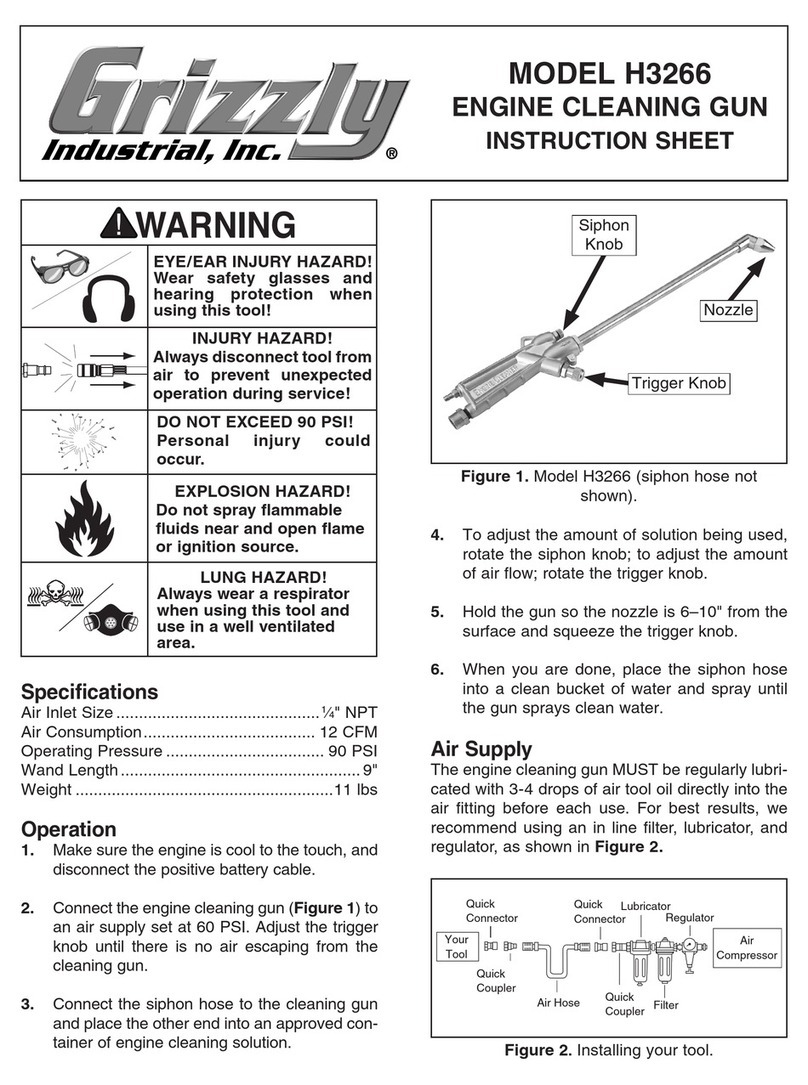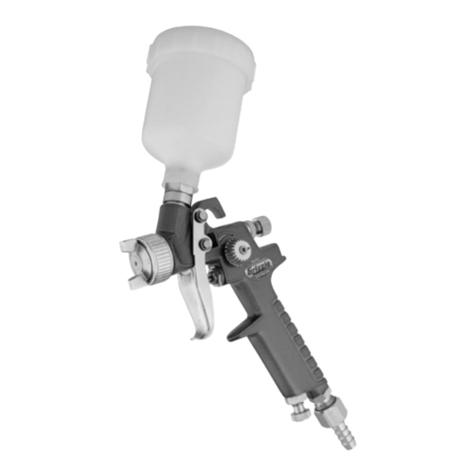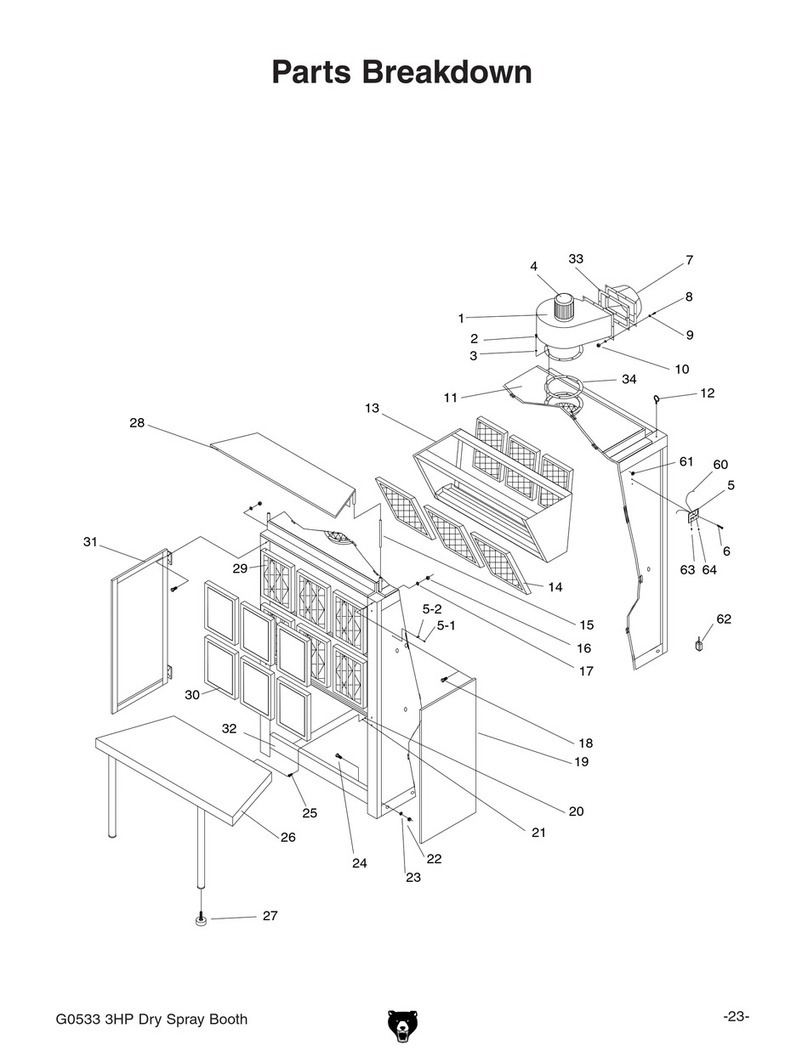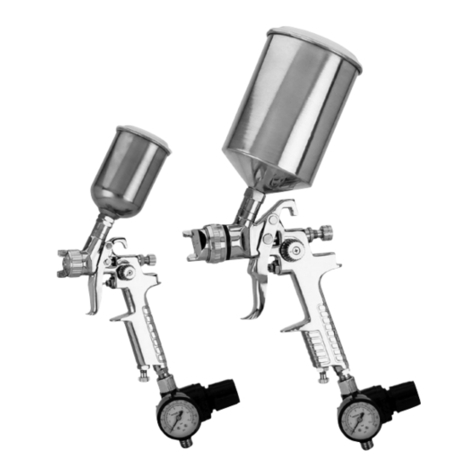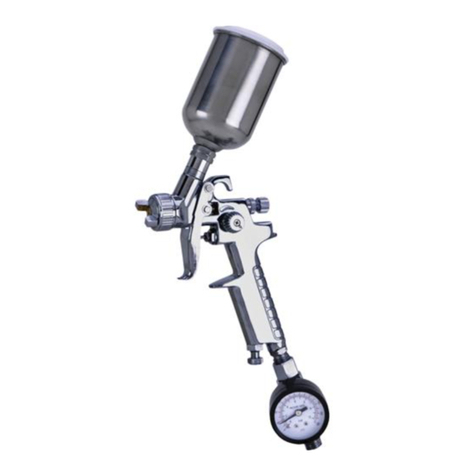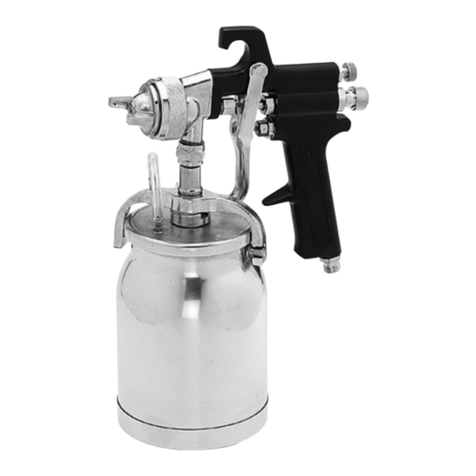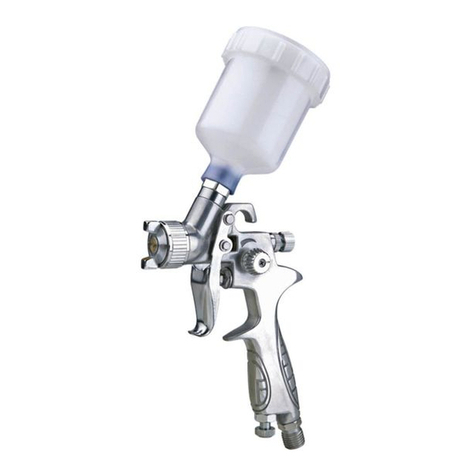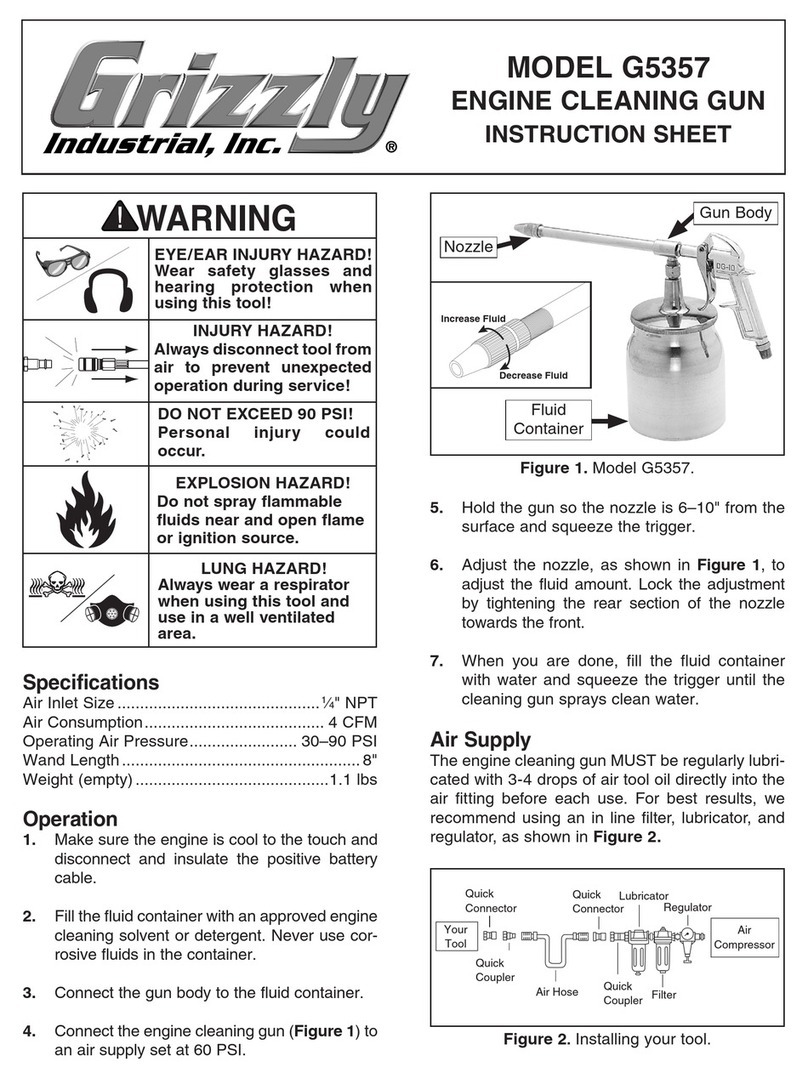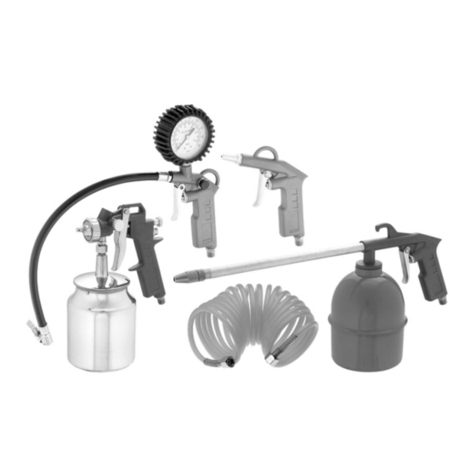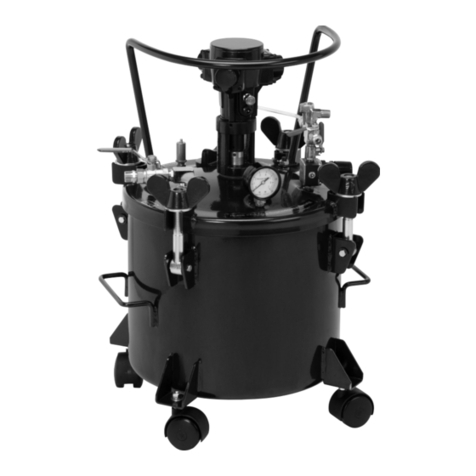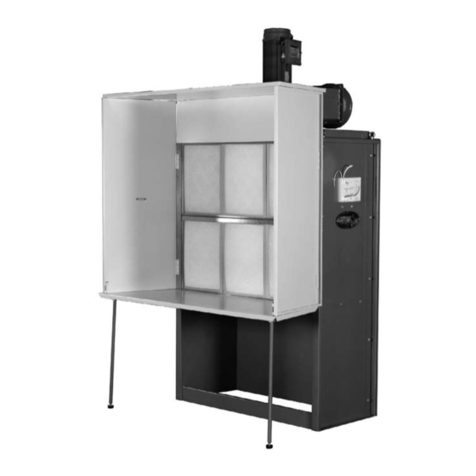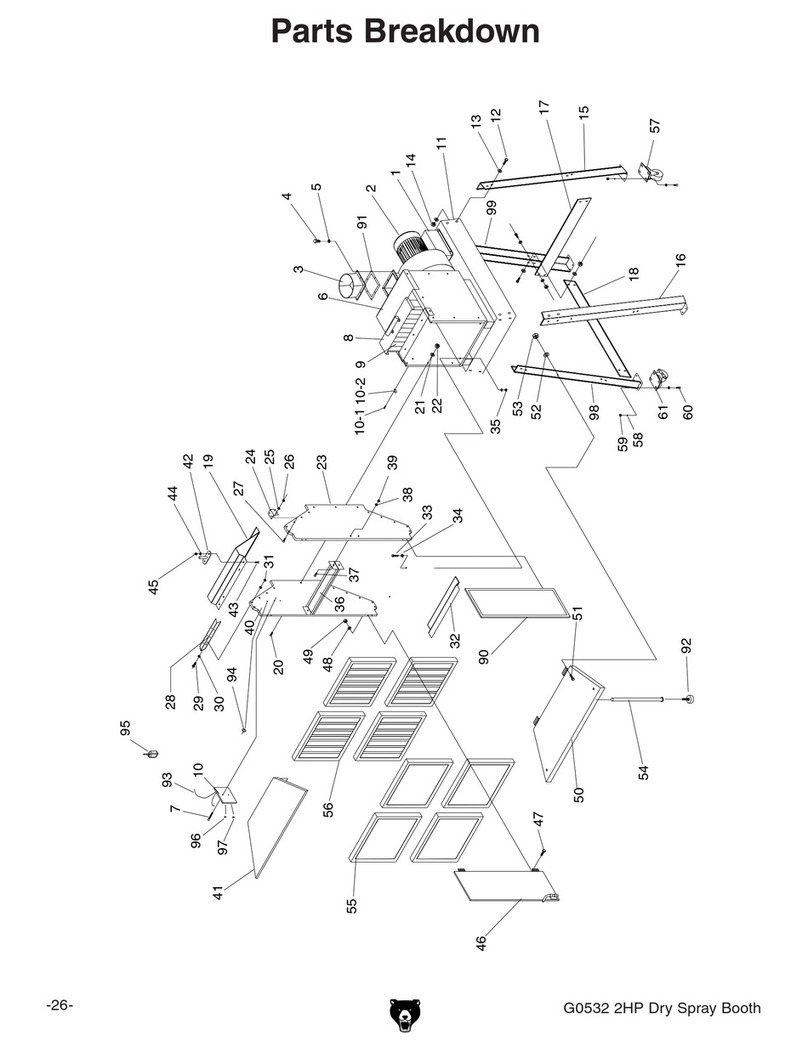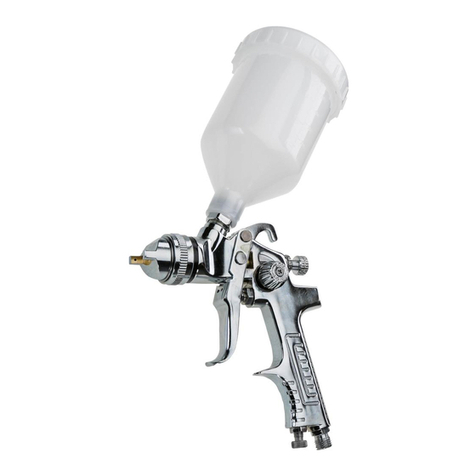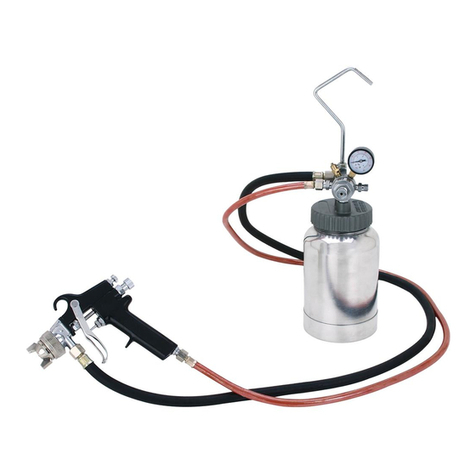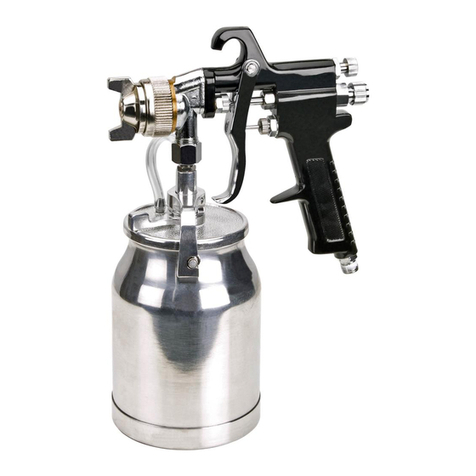
10
©Alcor 2011 All rights reserved
SAFETY HAZARDS
Safety hazards are not always obvious to workers. Unlike exposure to health hazards, where illness or injury develop slowly,
safety hazards usually result in immediate injury or death.
Broken bones, cuts bruises, sprains, burns and loss of limbs, eyesight and hearing are the kinds of injuries caused by safety
hazards.
The rate of occupational injuries in roofing, in fact, ranks in the top ten of all major occupational groups.
Falls
Falls are the number one cause of serious injury and death to roofers. An estimated 10 percent of all roofing accidents result
from falls off roof edges, through roofing openings or off ladders, more than half of the non-fatal accidents result in serious
injury.
Unprotected and unguarded roof edges and roof openings create extremely hazardous conditions.
Ladders with cracked, loose or missing steps: with side rails broken or cracked and not attached firmly to the steps; with
broken, loose or missing locks, or coated with grease, oils or hardened bitumen can lead to serious injury. Ladders should
always be inspected to make sure they’re properly maintained and constructed and that they’re long enough to extend three
feet above the roof’s surface.
Improperly balanced or unstable hoists overturn and will often carry the worker along. Rolls of roofing felt should never be
used as counterweight. Workers should know the load capacity; it should be posted.
Burns
Skin contact with hot asphalt and hot coal tar pitch usually results in second and third degree burns. They usually involve
deeper portions of the skin and are easily infected.
An estimated 16 percent of all injuries are burns from hot stuff. The major causes of burns have been from:
Kettle flashes
Kettle splashes from dropping pieces of coal pitch or asphalt into the kettle
Slips and trips while carrying hot bitumen in open containers
Splashes involving transfer operations like from the hot pipe outlet to a hot lugger, from a hot lugger to a mop
cart or a pail, or from the kettle to a pail.
Heavy Lifting
Sprains and strains, a majority of which involve the back, are the most common roofing injury and one of the most severe.
Almost 30 percent of these injuries result in 10 or more days away from work.
Fire/Explosion
Two conditions must be met in order for fires and explosions to occur. First, there must be an ignition source, a welding arc,
spark, cigarette, flame or simply a hot spot as in a kettle or tanker. Secondly, there must be the right mixture of vapours
(from asphalt, pitch, solvents) and oxygen.
For kettles and tankers, fire/explosion conditions arise when:
oversized burners are used to fire the kettle, causing localized overheating of the heating tubes creating a hot spot
the temperature of the bitumen is brought up to the desired operation temperature too quickly allowing the level
of bitumen to drop to the level of the firing tubes, allowing excessively high surface temperatures
heating the bitumen to its flash point (for asphalt, about 525°-540°; for pitch, about 450°-475°)
the temperature of the bitumen is hot enough to reach the auto-ignition level
in tankers, the vent pipe is clogged or plugged so that flammable vapours can build up to explosive levels
